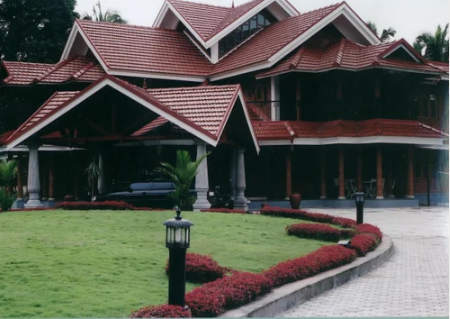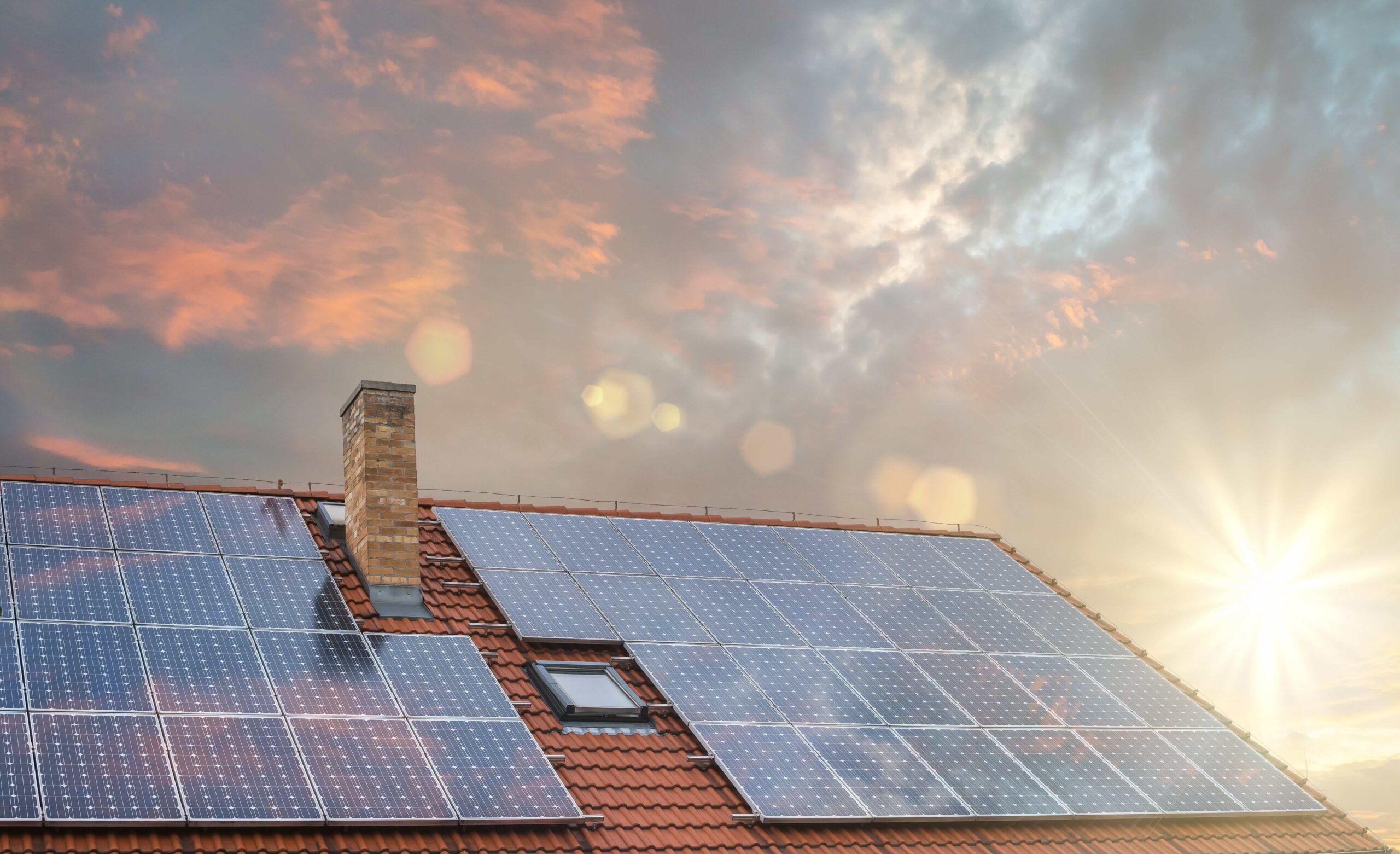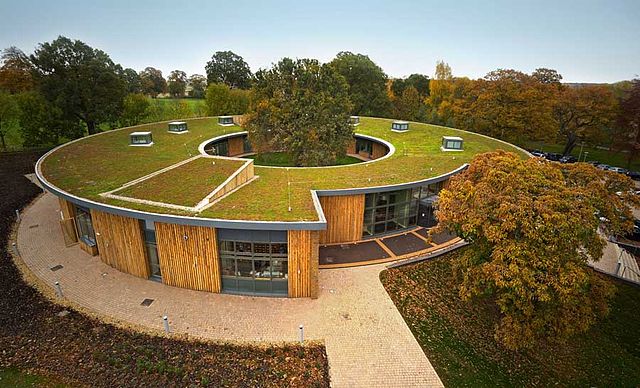Introduction
In an era where environmental consciousness is on the rise, the demand for eco-friendly roofing materials has skyrocketed. Homeowners, architects, and builders are increasingly seeking sustainable options that minimize the ecological footprint while providing durability and aesthetic appeal. In this blog post, we will explore various eco-friendly roofing materials that are revolutionizing the construction industry and contributing to a greener and more sustainable future.
- Recycled Shingles:
Recycled shingles are gaining popularity due to their exceptional durability and environmentally-friendly nature. These shingles are made from recycled materials such as rubber, plastic, wood fibers, or even reclaimed asphalt. By repurposing these materials, we reduce waste in landfills and conserve natural resources. Recycled shingles are not only durable but also visually appealing, offering a range of colors and styles to suit different architectural designs.
- Metal Roofing:
Metal roofing is another excellent choice for eco-conscious individuals. Made from recyclable materials such as steel, aluminum, or copper, metal roofs have a significantly longer lifespan compared to traditional asphalt shingles. Metal roofs are highly energy-efficient, reflecting solar heat and reducing cooling costs. They are also 100% recyclable at the end of their lifespan, making them a sustainable choice for environmentally responsible construction.
- Solar Roofing Tiles:
Solar roofing tiles combine the benefits of renewable energy generation with a functional roofing system. These tiles are designed to seamlessly integrate solar panels into the roof, allowing homeowners to harness solar energy while maintaining an aesthetically pleasing appearance. Solar roofing tiles can generate electricity for your home, reducing your reliance on fossil fuel-based energy sources and lowering your carbon footprint. As solar technology advances, these tiles are becoming more efficient, durable, and cost-effective.
- Living Roofs:
Living roofs, also known as green roofs, are a remarkable example of sustainable roofing practices. These roofs incorporate vegetation, soil, and drainage systems, creating a natural habitat and providing numerous environmental benefits. Living roofs enhance energy efficiency by reducing heat transfer, improving air quality by capturing pollutants, absorbing rainwater to manage stormwater runoff, and promoting urban biodiversity. Additionally, they add a touch of beauty to buildings and create peaceful, green spaces for relaxation and recreation.
- Sustainable Wood Shakes:
Wood shakes have been a popular roofing material for centuries, and now sustainable alternatives are available. Look for certifications such as Forest Stewardship Council (FSC) certification to ensure that the wood is sourced from responsibly managed forests. Sustainable wood shakes offer a natural, rustic charm while minimizing environmental impact. Proper maintenance and periodic treatments can enhance their longevity and preserve their aesthetic appeal.
The Bottom Line
Choosing eco-friendly roofing materials is a significant step towards creating a sustainable future. From recycled shingles to solar roofing tiles, there is a wide range of options available that combine durability, energy efficiency, and aesthetic appeal. By embracing these materials, we can reduce waste, conserve resources, and minimize our carbon footprint. As the demand for sustainable construction practices grows, the roofing industry continues to innovate and provide greener alternatives. By making conscious choices, we can contribute to a healthier planet and build a better tomorrow.
Remember, when considering eco-friendly roofing materials, consult with roofing professionals to assess your specific needs and determine the best solution for your home or building. Together, we can make a positive impact on the environment while enjoying the benefits of sustainable roofing.



